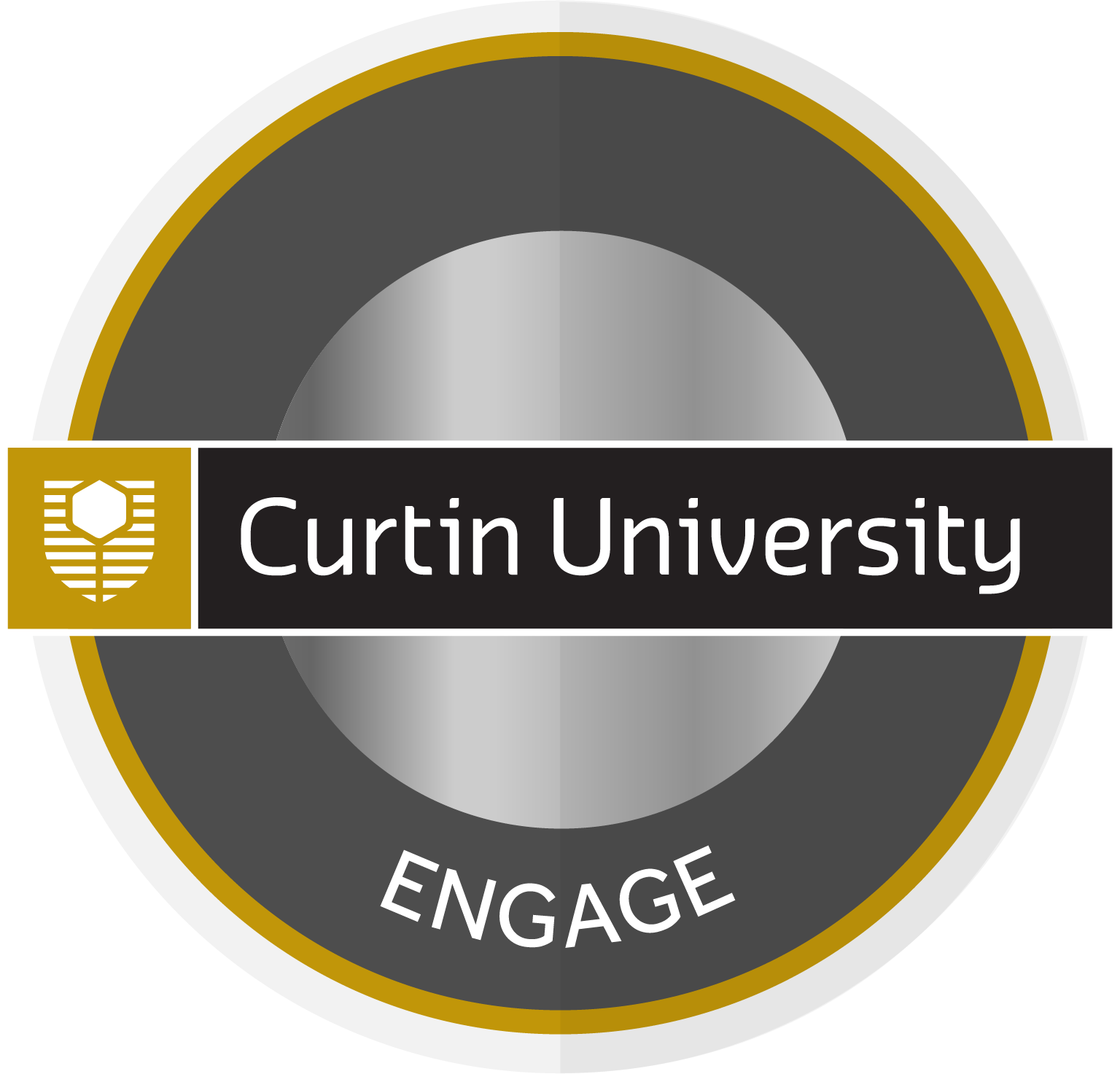Full course description

Gain agreement about key program elements and anticipated outcomes, and a shared understanding of how programs are intended to work, using Program Logic Models (PLMs).
The course considers Program Logic Models (PLMs), visual representations that illustrate how a program’s activities lead to desired outcomes. Whether you’re a program manager, staff member or evaluator, this course will equip you with the skills to build and apply PLMs as a critical starting point for evaluation.
You’ll learn how to design clear, actionable models that track the pathways to equitable outcomes for diverse student populations, enhance your ability to plan and conduct monitoring and evaluation of student equity programs.
This stream will suit equity professionals working in Australian universities.
This stream comprises 3 modules (modules 4-6 of the ACSES Evaluation Learning Program).
Module 4: Introduction to Program Logic
Overview
This module introduces the concept of Program Logic Models (PLMs) and their role in student equity program evaluation, and as the foundation for Continuous Quality Improvement (CQI). It explains what is involved in developing a SEHEEF-aligned PLM and introduces a PLM template. It also introduces the separate but related concept of Theory of Change. Real-world examples of student equity programs are presented to illustrate how what a meaningful PLM looks like.
Learning Outcomes
At the completion of this module Learners will:
- Understand what a Program Logic Model is, and its role in student equity program evaluation.
- Understand the difference between a Program Logic Model (PLM) and a Theory of Change (ToC).
Module 5: Identifying Program Outcomes
Overview
This module covers the fundamental importance of defined outcomes for student equity programs and in PLMs. Starting with a consideration of the purpose of a given student equity program and with reference to its student life cycle stage, the module guides practitioners in identifying what the primary (or long term) outcome/s are that their programs are hoping to achieve, and working back from these outcomes, in identifying the supporting outcomes that they anticipate as leading to these changes.
Learning Outcomes
At the completion of this module Learners will:
- Understand the difference between supporting/secondary and primary outcomes in a Programme Logic Model. Be able to identify and clearly articulate the anticipated outcome/s (primary and supporting) of a given equity activity/program.
Module 6: Developing a Program Logic Model
Overview
This module walks practitioners through the development of a Program Logic Model (PLM), informed by their identification of program outcomes covered in Module 5. It explains what steps to take in developing a SEHEEF-aligned PLM, utilising the PLM template. Real-world examples of student equity programs are used to illustrate how the template can be used to develop a meaningful PLM.
Learning Outcomes
At the completion of this module Learners will:
- Understand how to develop a Program Logic Model for a student equity program
Once you successfully completed this stream, you'll earn a digital badge that is instantly shareable to your social networks (including LinkedIn) which showcases your new skills and knowledge mastery.

This digital badge provides foundation knowledge in a discipline and doesn't require previous knowledge.
The Australian Centre for Student Equity and Success (ACSES) is an evidence-based research and public policy centre funded by the Australian Government Department of Education and based at Curtin University.
ACSES is committed to providing the higher education sector with tangible proof of what works to improve the quality and impact of student equity practices in higher education.
For more information, visit acses.edu.au.
For more information on this stream, or any other questions about the Program, email us at acses@curtin.edu.au
*Curtin may cancel or reschedule a course, stream or program at any time and for any reason as it sees fit. The Start Date and the other details of this credential are provided as a general guide only and may change from time to time.
✝This stream involves 55 minutes minutes of online resources, readings, activities and assessments. However to complete the stream, you may need to commit further time.
^Learning is done completely online.
§Price subject to change. Please check price at time of purchase.






